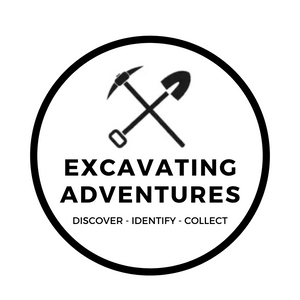Pollen Pioneers: The Heroes of Our Ecosystem
Embark on a buzzing adventure into the vibrant world of pollination, where flowers and their tiny allies play a crucial game of nature's hide and seek!
Imagine diving into a colorful garden, bustling with bees, fluttering butterflies, and dancing hummingbirds, each playing a heroic role in the magical process of creating seeds and fruits. Get ready to unfold the secrets of how these tiny creatures and delicate flowers work together in harmony to keep our planet green and bountiful.
Let's buzz into the fascinating world of pollination, where every flower has a story and every pollinator is a superhero!
Learning Objectives:
- Discover what pollination is: a crucial process of transferring pollen between flowers for seed and fruit production.
- Learn how bees are pollination champions, carrying pollen between flowers while they search for nectar.
- Recognize that butterflies, hummingbirds, bats, and other animals are also important pollinators in nature.
- Understand the aftermath of successful pollination, leading to seed development and the creation of fruits.
- Appreciate the significance of pollination in maintaining diverse plant life and producing many of our favorite foods.
What Is Pollination?
Pollination is like a nature's secret handshake between flowers and pollinators, like bees, butterflies, and birds. It's the process where pollen, which are tiny grains, are moved from one part of a flower (the male part) to another flower's part (the female part). This is how flowers can make seeds and eventually grow into new plants or delicious fruits!
How Do Bees Help with Pollination?
Bees are superstars of pollination! When they search for nectar, a sweet liquid inside flowers, pollen sticks to their fuzzy bodies. As they buzz from flower to flower, they accidentally drop off this pollen, helping the flowers to start making seeds. Without bees, many plants wouldn't be able to make seeds at all.
Can Other Animals Pollinate Flowers?
Absolutely! Besides bees, there are many other busy buddies in the pollination process. Butterflies, hummingbirds, bats, and even some small mammals can be pollinators. Each has its own special way of visiting flowers and moving pollen around, playing a vital role in the life cycle of plants.
What Happens After Pollination?
Once pollination happens, the magic of nature continues. The flower starts to transform, and seeds begin to grow inside. These seeds are the future baby plants. In many plants, the area around the seeds turns into fruit, like apples or cherries. The fruit protects the seeds and can be a tasty treat for us and animals.
Why Is Pollination Important?
Pollination is super important for nature and for us. Many of our favorite foods come from plants that need pollination, like fruits, nuts, and even chocolate! Also, it helps plants to produce seeds, which grow into new plants, keeping forests, meadows, and gardens green and beautiful. Pollinators and flowers working together help keep our world a healthy and yummy place.
Pollination Fun Facts:
- Pollination is the process where pollen is transferred from the male part of a flower to the female part, enabling seed and fruit production.
- Bees are key pollinators, transferring pollen as they move between flowers in search of nectar.
- Other important pollinators include butterflies, hummingbirds, bats, and some small mammals.
- After successful pollination, flowers transform, allowing seeds to grow, often resulting in the formation of fruits.
- Pollination is vital for the production of many foods and for maintaining healthy ecosystems and plant diversity.











